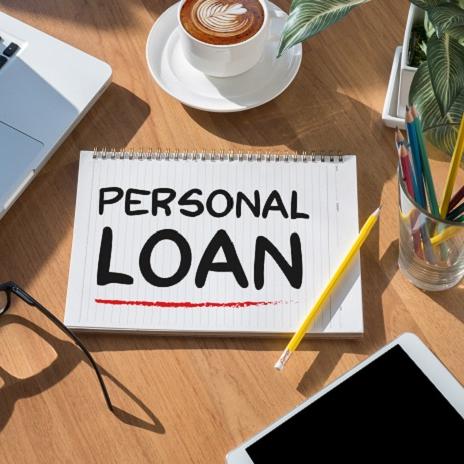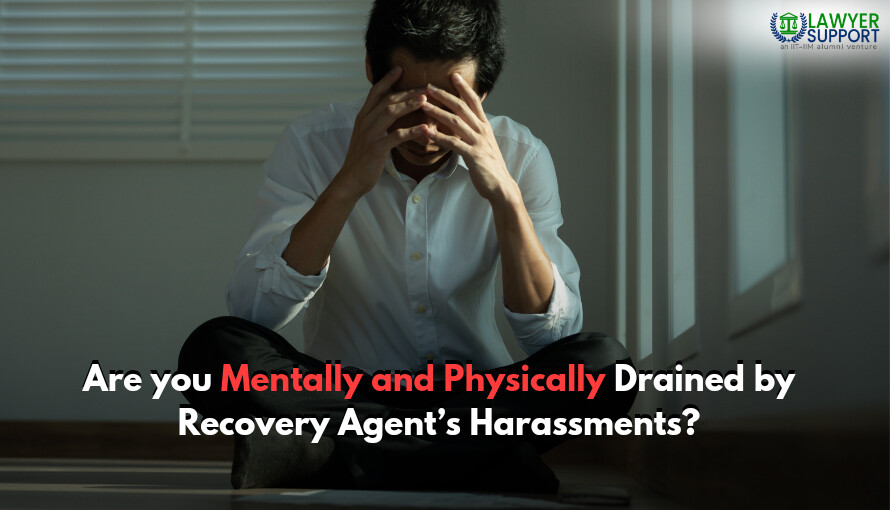· Loans · 4 min read
Secured vs. Unsecured Loans: Making the Right Choice for Your Financial Needs
Confused about the difference between secured and unsecured loans? You're not the only one. Many people struggle with deciding which type of loan suits their financial situation best. This blog will clarify the essential differences between secured and unsecured loans, guiding you toward an informed decision.

Confused about the difference between secured and unsecured loans? You’re not the only one. Many people struggle
with deciding which type of loan suits their financial situation best. This blog will clarify the essential differences
between secured and unsecured loans, guiding you toward an informed decision.
What are Secured Loans?
- Collateral Requirement: Secured loans require collateral, which means you must pledge an asset or
property (like your home, car, or valuable items) to secure the loan. This collateral serves as a safety net for
the lender in case you default.
- Lower Interest Rates: Because the risk for the lender is lower with collateral involved, secured loans
generally come with lower interest rates. This can lead to lower monthly payments and less overall interest
paid over the life of the loan.
- Higher Loan Amounts: Lenders are more willing to offer larger loan amounts for secured loans since the
collateral reduces their risk.
- Extended Repayment Terms: Secured loans often have longer repayment terms, making it easier to
manage monthly payments.
- Collateral Evaluation: The process of evaluating the collateral can be time-consuming and may require
additional fees.
- Loan Resolution: If you struggle with repaying a secured loan, you may be able to negotiate with the
lender, but there’s still a risk of losing the collateral.
What are Unsecured Loans?
- No Collateral Required: Unsecured loans don’t require any collateral. Approval is based on your
creditworthiness, income, and overall financial health.
- Higher Interest Rates: Since there’s no collateral to back the loan, unsecured loans carry higher interest
rates. This means you’ll pay more in interest over the life of the loan.
- Smaller Loan Amounts: Unsecured loans typically offer smaller amounts, suitable for small to medium-
sized financial needs.
- Faster Approval Process: Without the need for collateral evaluation, the approval process for unsecured
loans is generally quicker.
- Credit Score Importance: Your credit score is crucial in determining whether you qualify for an
unsecured loan and the interest rate you’ll receive.
- Debt Consolidation: Unsecured loans can be used to consolidate credit card debt, but this may negatively
impact your credit score.
How to Choose the Right Loan for You
Choosing between secured and unsecured loans depends on your individual financial situation and goals. Here are
Some steps to help you decide:
- Assess Your Financial Situation:
- Loan Purpose: Identify why you need the loan. Are you buying a home, a car, funding education,
consolidating debt, or covering unexpected expenses?
- Loan Amount: Determine how much money you need. Different loans have different limits,
which can influence your choice.
- Credit Score: Evaluate your credit score, as it affects loan approval and interest rates.
Income and Expenses: Review your income and expenses to gauge your ability to manage loan
payments.
2. Understand Your Risk Tolerance:
- Collateral vs. No Collateral: Decide if you’re comfortable using collateral. Are you willing to
risk personal assets like your home or car?
3. Compare Interest Rates:
- Interest Rate Comparison: Compare the interest rates of secured and unsecured loans. Consider
the long-term cost, factoring in interest.
4. Evaluate Repayment Terms:
- Loan Term: Consider the loan term. Secured loans often have longer terms, resulting in lower
monthly payments but potentially more interest paid over time.
- Monthly Budget: Determine if you can comfortably afford the monthly payments.
5. Consider Your Credit Score:
- Credit Score Impact: A strong credit history might get you better terms on unsecured loans. If
your credit isn’t great, secured loans might be more accessible.
6. Evaluate the Consequences of Default:
- Default Risks: Understand the consequences of defaulting on the loan. For secured loans, this
means losing collateral; for unsecured loans, it could mean legal actions and a damaged credit
score.
7. Seek Professional Advice:
- Financial Advisor: If you’re unsure, consult a financial advisor for personalized guidance based
on your financial situation and goals.
8. Shop Around for Lenders:
- Lender Comparison: Explore multiple lenders and loan options to find the best deal.
9. Read and Understand Loan Terms:
- Fine Print: Carefully read the terms and conditions, including interest rates, fees, and repayment
schedules.
10. Consider Your Long-Term Financial Goals:
- Future Plans: Think about how the loan fits into your overall financial plan, including retirement,
savings, and investments.
Benefits and Risks of Secured and Unsecured Loans
Secured Loans:
Benefits: Lower interest rates, higher loan amounts, extended repayment terms, potential credit score
improvement, easier approval for those with poor credit.
Risks: Risk of losing collateral, high-pressure collateral evaluation, serious consequences for default.
Unsecured Loans:
Benefits: No risk to personal assets, faster approval process, suitable for smaller financial needs, no
collateral evaluation, potential credit score improvement.
Risks: Higher interest rates, stricter credit score requirements, smaller loan amounts, potential legal actions
for default, impact on credit score.
Conclusion:
In the complex world of personal finance, understanding the differences between secured and unsecured loans is
crucial. Each has its own set of advantages and risks, and making the right choice can help you achieve your
financial goals.

.OYmrenqU.jpg)

